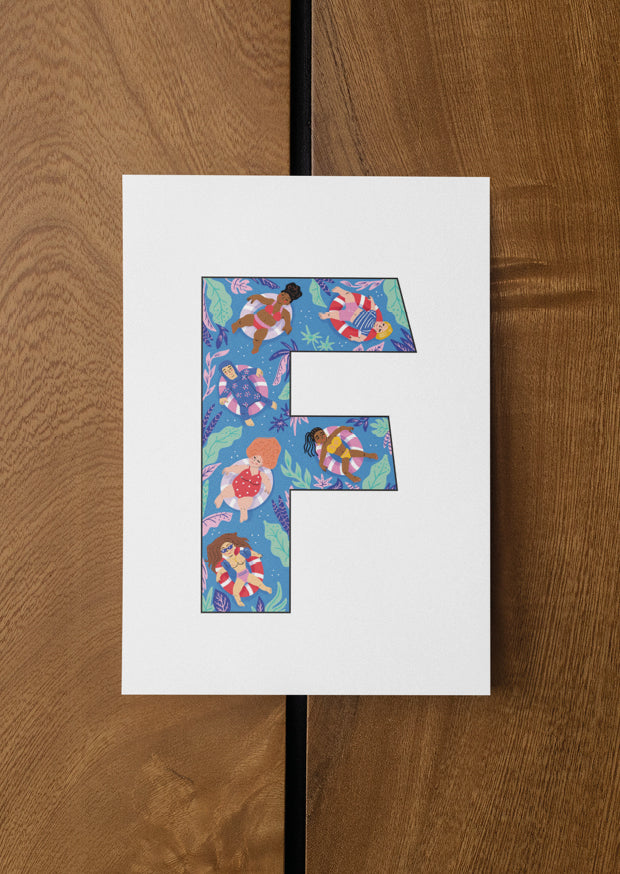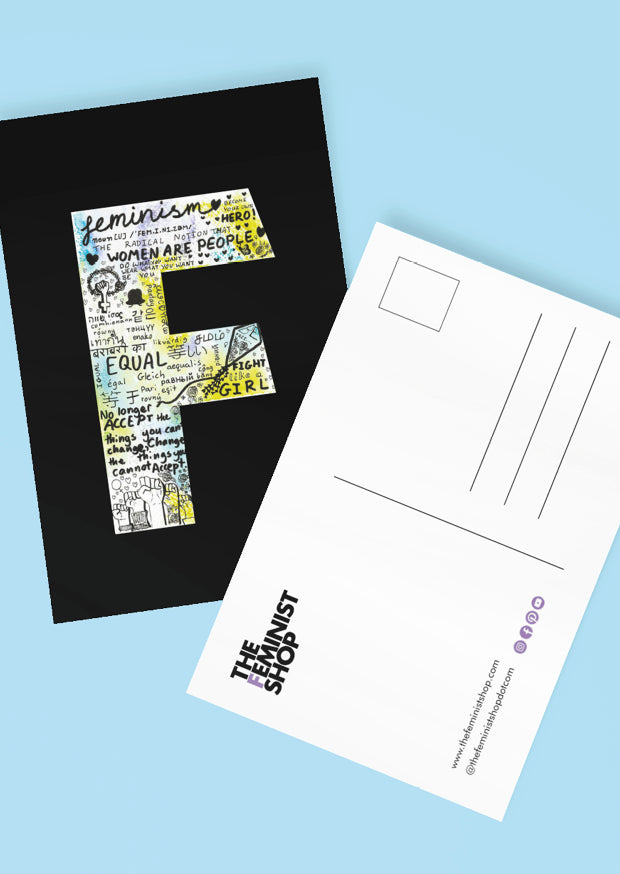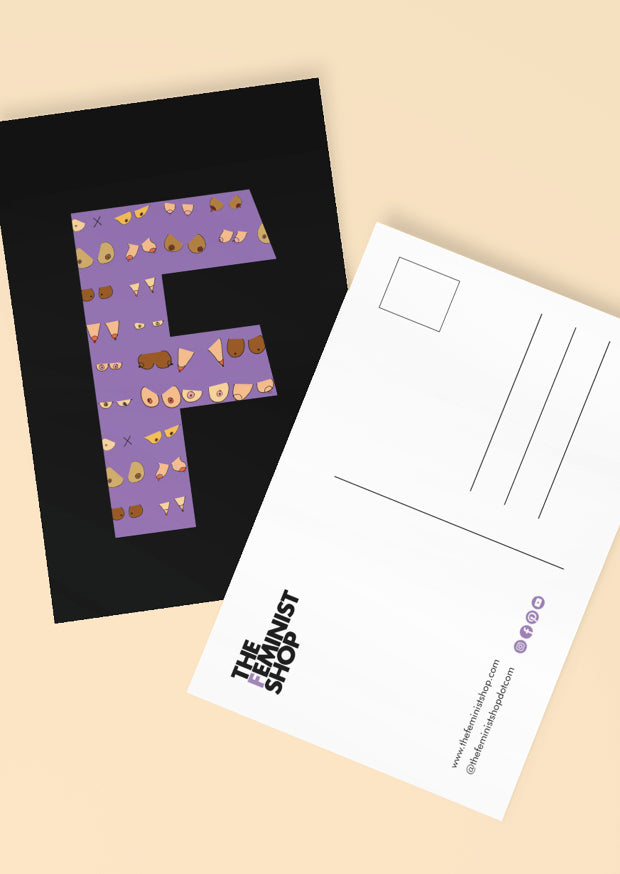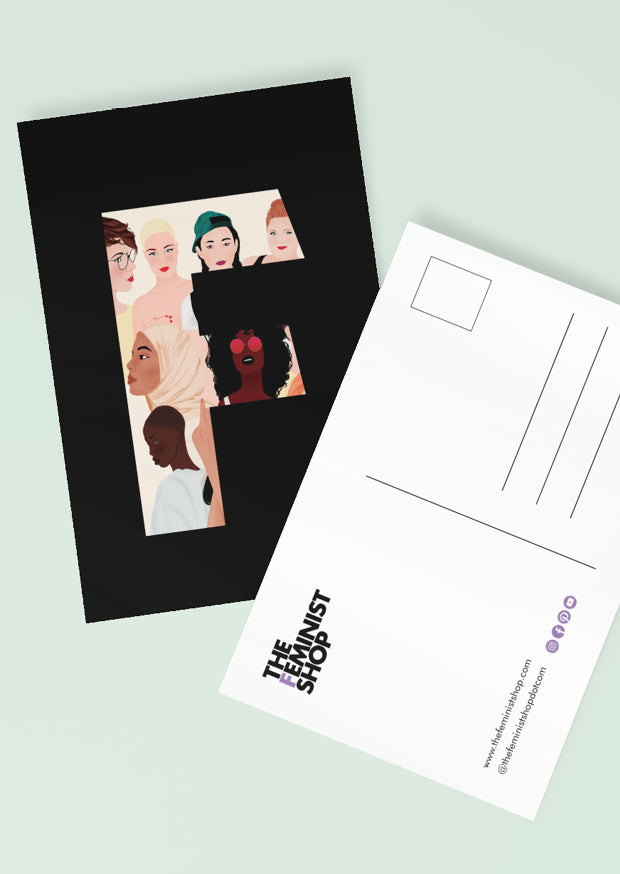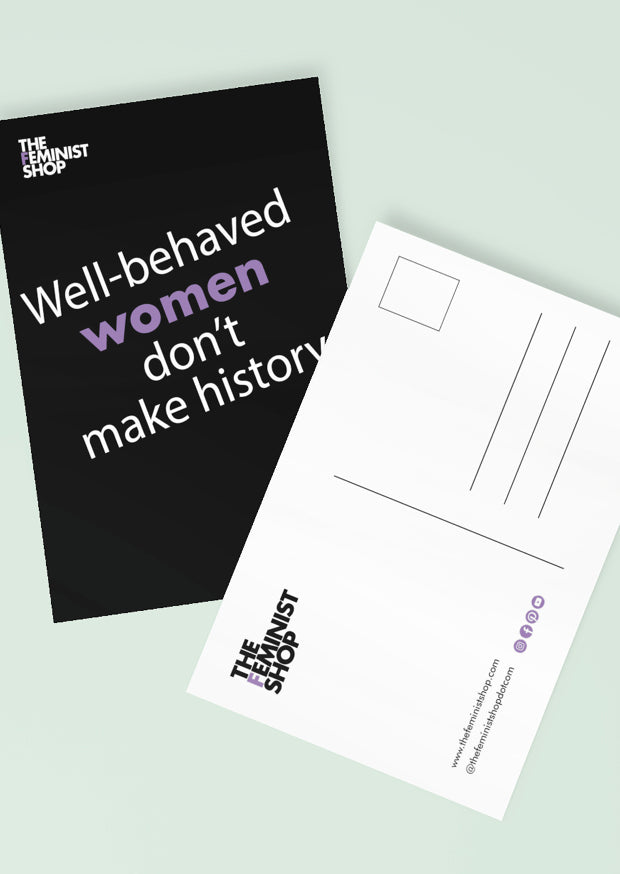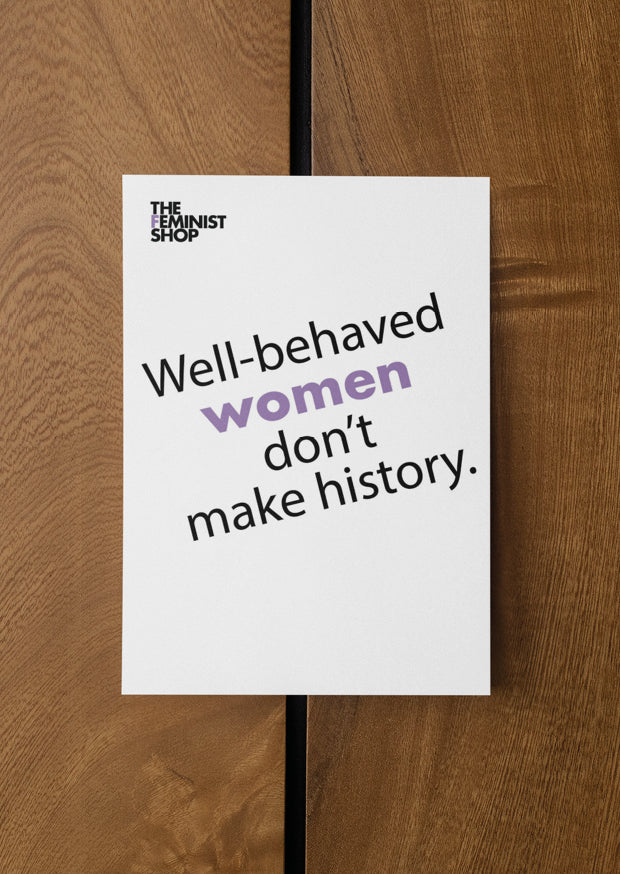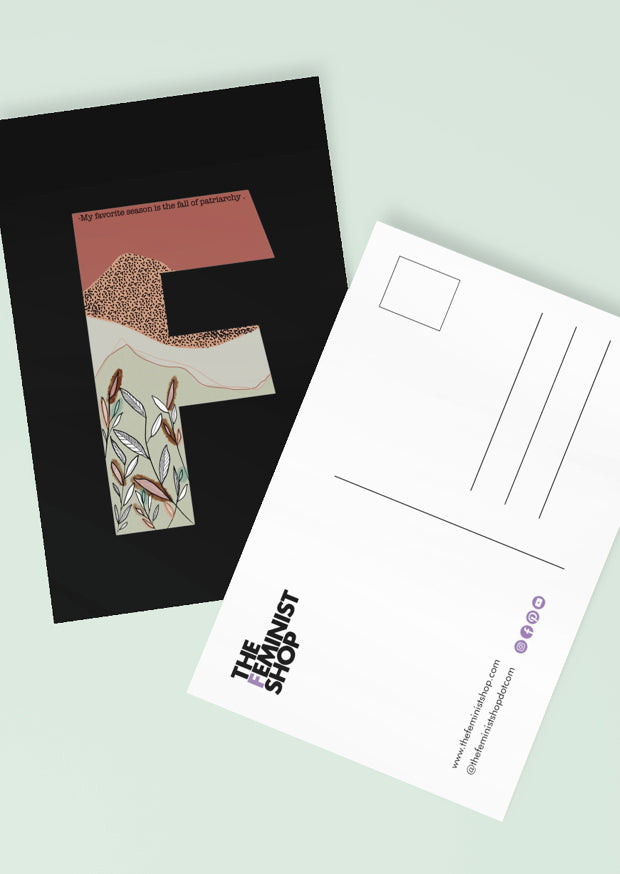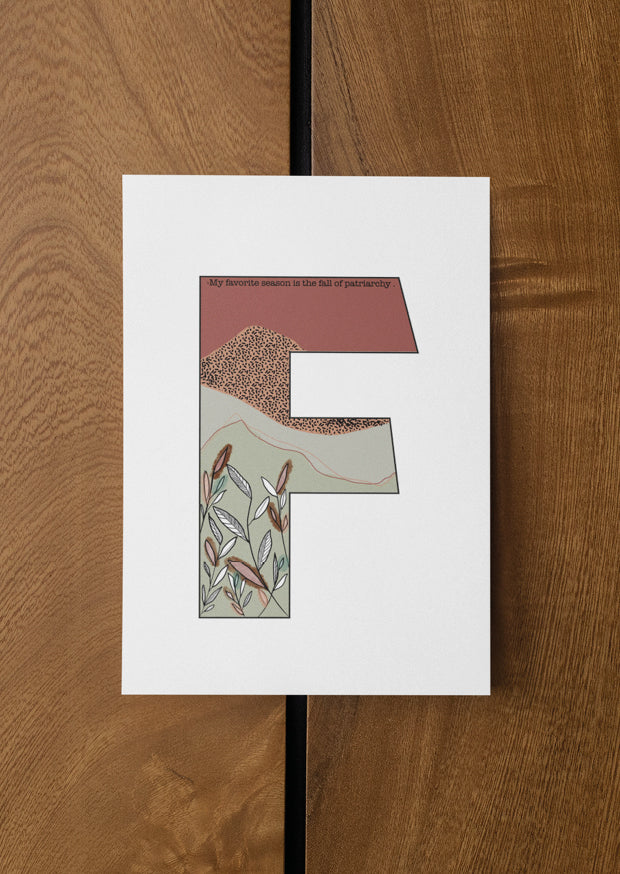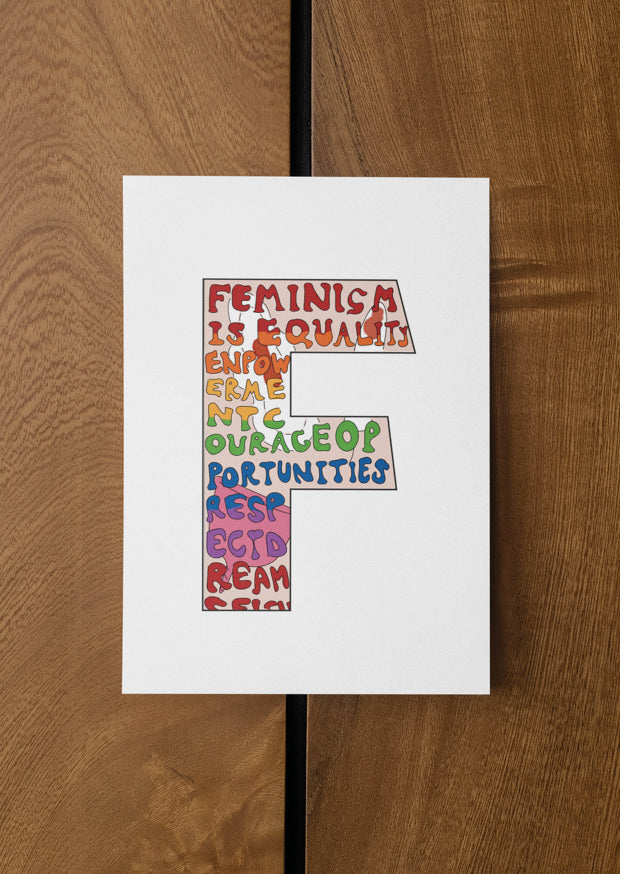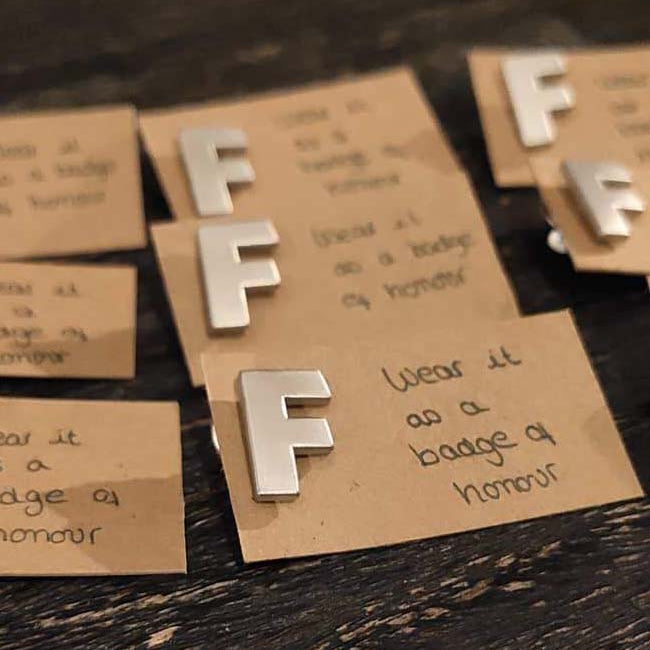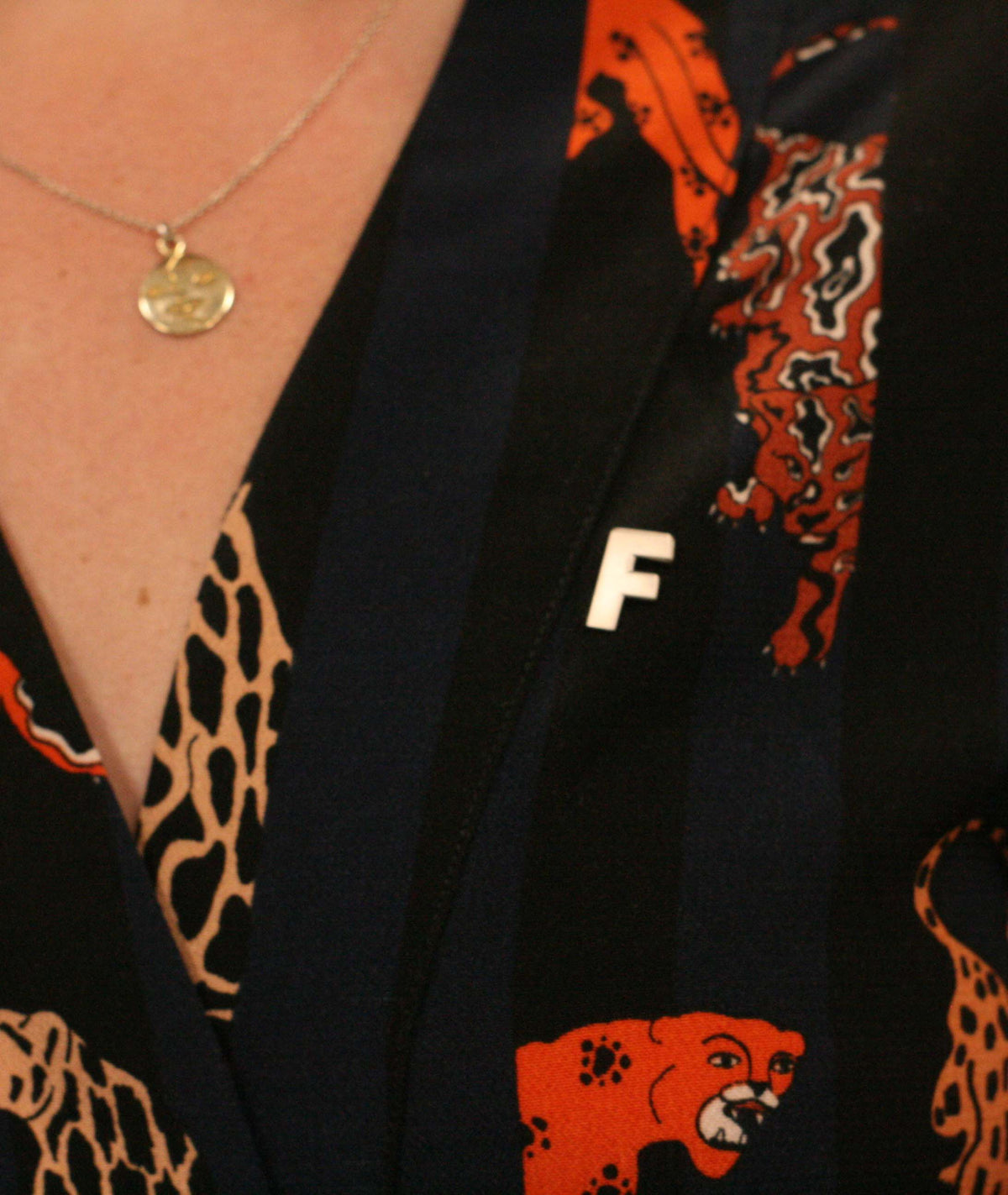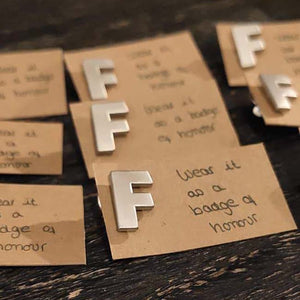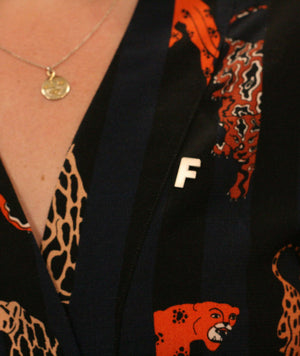Let’s be honest, the beauty industry has a knack for making us feel like our natural selves aren’t “enough” unless we iron, curl, or blow-dry our hair into perfection. But heat styling doesn’t have to be about chasing unrealistic ideals. It can be about choice—your choice to play with your look, express your mood, or simply enjoy the ritual of self-care. The trick is to do it in a way that respects your hair’s health and doesn’t buy into the “damage is normal” narrative.
This guide is all about reclaiming heat styling as something empowering, not damaging, and ditching the outdated myths that tell us one look is better than another.
Know Your Hair, Own Your Power
Our hair isn’t one-size-fits-all. It’s as individual as we are, shaped by genetics, culture, and identity. Understanding how your hair reacts to heat is about working with it, not fighting against it.
Each strand is made of three layers—the cuticle (the armour), the cortex (the strength), and the medulla (if your hair even has one—it’s often absent in fine hair). Heat affects all these layers, and some textures are more sensitive than others. Fine, straight hair can singe quickly, while coily or thick hair might need higher heat but still deserves careful handling.
Choosing Tools That Respect Your Hair
There’s a reason professional stylists rave about ceramic or tourmaline plates: they distribute heat evenly, which means less risk of hot spots and breakage. Titanium tools heat up fast, but they can be too harsh on finer hair.
When you shop for hair stylers, think of them as an investment—not in beauty, but in health and longevity. Adjustable temperature settings are non-negotiable. A tool without them is essentially saying your hair type doesn’t matter, and we don’t accept that.

Heat Styling Without the Harm
A few non-negotiable rules for a heat-styling routine that doesn’t sabotage your hair:
- Heat protectant is your friend. It’s the invisible shield your hair deserves.
- Adjust the heat. Fine or damaged hair? Stay under 150°C. Coarse or resilient hair? You might stretch up to 190°C, but no more.
- Don’t linger. Glide tools through sections; hovering is what causes that “burnt” smell.
- Limit your sessions. 2-3 times a week max, if you can.
One stylist tells the story of a client who dropped her flat iron’s heat by just 20 degrees and, within weeks, her hair stopped breaking. Sometimes, less really is more.
Care After the Style
Your hair has just survived a round of heat. Treat it with kindness. Lightweight oils, leave-in conditioners, and deep-conditioning masks are key to restoring moisture and strength. Look out for telltale signs of heat damage—dullness, brittle ends, or styles that just won’t hold. Ingredients like argan oil and hydrolysed proteins can help repair the damage and keep your hair resilient.
The Myths We’re Ditching
- “Hotter is better.” No, it’s not. Cranking up the heat doesn’t make your style last longer; it just burns your hair faster.
- “All hair needs the same approach.” Absolute nonsense. What works for straight hair won’t necessarily work for coily or wavy textures, and that’s a good thing.
The Bottom Line
Heat styling should never feel like punishment. It’s an act of play and choice, not a demand for perfection. The real secret? Healthy hair always looks better, no matter how you style it.
So next time you reach for the straighteners or curling wand, do it because you want to, not because someone told you that your natural texture needs “fixing”."



